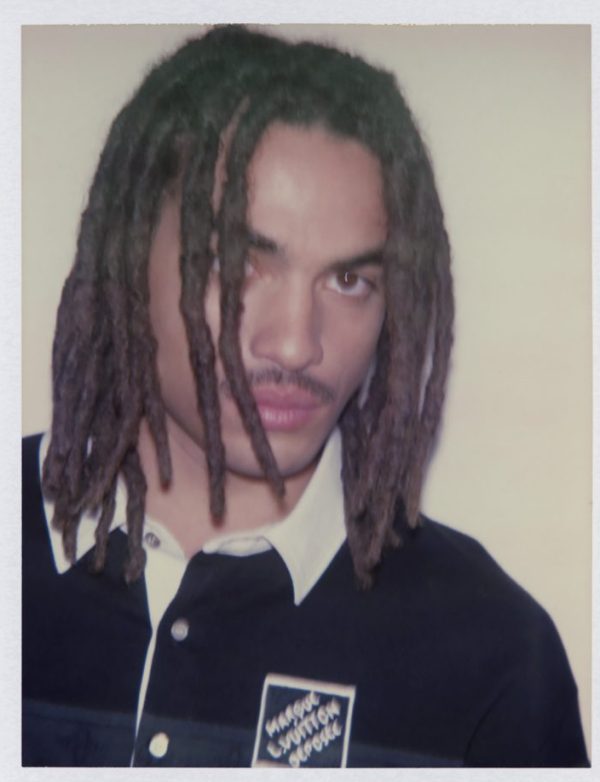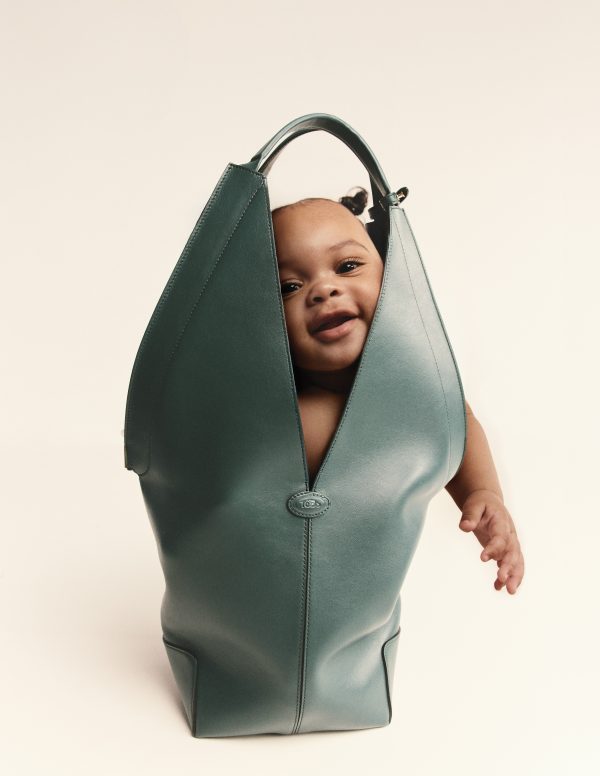In “PUT ON — TAKE OFF”, designer Justin Chi explores the relationship people have with the actions of wearing clothing. Chi has long focused on user experience and functionality in fashion design, and with this collection, the totality of his studies can be seen — colour-rich pieces with enlarged details showcase a boldness alongside a DIY spirit that make each piece striking and memorable. Schön! spoke with Chi about this series.
What’s your history in the fashion industry?
After completing my Bachelor’s degree in fashion design in Taiwan, I served in the Army for one year before briefly working in the Asian fashion industry in various roles. In order to continue developing my creations and step out of my comfort zone, I came to New York to study in FIT’s MFA program in fashion design. My past experience includes working in independent labels, medium scale designer brands to large groups, and a manufacturing company in Asia. These experiences have made me better understand each process and details of product development.
Something about your history that intrigued us was your work with the US Cerebral Palsy Foundation. Can you tell us more about that and how that influences your work today?
During graduate studies at FIT, I was selected to participate in the “Design for Disability” project working with US Cerebral Palsy Foundation, developing an adaptable accessories collection including messenger and tote bags. Through the repeated field research and prototype testing, I got feedback from focus groups to guide the creative process. The final product was also launched in the foundation’s annual gala.
Different from my previous fashion design studies, multiple positions and body types replaced the standard size mannequin. In one of my field research experiences, I directly recorded how different cerebral palsy people “put on” and “take off” various types of clothing and how they conduct the act of opening and closing with fasteners like zippers, buttons, etc., to understand the challenges and problems they face. This method has also applied to my thesis experiments.
Introduce us to ‘Put On – Take Off’. What inspired this series of works?
My inspiration came from my curiosities and queries of daily wearing actions — PUT ON and TAKE OFF. Could the familiar actions we repeat on a daily basis be different? Could the locations of fasteners on garments be altered? What is the difference between each individual’s habits and actions? Between putting on and taking off, how do our bodies benefit from the process of dressing that we are used to? Is every step still necessary and functional? Or are we just numb to the routine?
I explored the relationship between everyday fasteners, user actions and clothing structures, based on my studies of user experience. In a playful way, like with the scale transformation and implied device, I magnified the actions while manipulating different placements of the garments and making the wearing process become more interactive. I tried to arouse our consciousness with subtle details that most people seldom notice in everyday life.
What kind of wearer were you designing this range for?
The wearers are people who are curious and like DIY. Each look includes an assembly instruction book, garment, plastic handle and screws — just like an IKEA furniture package. People can follow the steps to make their own garment and change the adjustable handle to what they prefer — not only involving the user in the design, but also making the wearing more interesting and playful.
You mentioned that this was partially inspired by your research into user experience with fashion. What did this research involve, and how did you want to play with those ideas for ‘Put On – Take Off’?
In one of my thesis research experiments, I changed the relationship between object, user, and environment. The user puts on the shirt with back placket opening, large sizes or soft material buttons with limited hand movements, or even without the sense of vision. Through this combination, I broke the rule of user experience and challenged that function to see the reaction from the user.
Do you see this series as fashion commentary, an experiment, or something else entirely? Why?
At the beginning, it was a field research project to observe the relationship between people’s daily life and garments from the perspective of anthropology. In the later stages of thesis development, I was inspired by “Signifier” — a term from design psychology. Then I decided to translate these studies and experiments into specific clothing details, such as suggestive handle shape devices and holes. These designs originate from the “Pinch” and “Grab” actions when people put on and take off garments. The final collection may be more like an art installation in some ways. I prefer to leave space and allow the audience to realise my designs and interact with them in their own ways.
The photos you’ve included in this piece are striking, with the pieces holding an almost supernatural glow. Why did you opt to present these works in this manner?
I present the collection in a flat format, looking like a paper doll or an interactive toy. The dark background blurs the body, highlights the playful colours and the interaction between user and the clothing. Each look comes from enlarged details belonging to different classic items, such as the placket on the shirt. The still life photos also affect the viewer’s interpretation of the proportion.
When you’re in need of inspiration, what do you do?
I grew up in Peace Island — a lovely place in northern Taiwan full of strange rock formations and beautiful coastal scenery. When I had no inspiration, I went back there, sat on the rock by the sea and collected myself. After moving to New York, sometimes I go to Coney Island beach, probably because watching Woody Allen’s film Wonder Wheel here makes me feel familiar and nostalgic.
What’s next for Justin Chi?
I’m currently working on a clothing brand. In my spare time, I also continue to develop my new collection in a conceptual way and record daily observations visually.
Follow Justin Chi on Instagram. Explore more from the designer on his website.
fashion design + art direction. Justin Chi
editorial photography + film. Boyang Hu
still life photography. Duke Wiin
model. Aboubacar Fofana @ Skorpionmgmt Modeling Agency
make up. Emma Ando
photography assistant. Yihsuan Sung + Jieyang Lin


Schön! Magazine is now available in print at Amazon,
as ebook download + on any mobile device












































































































